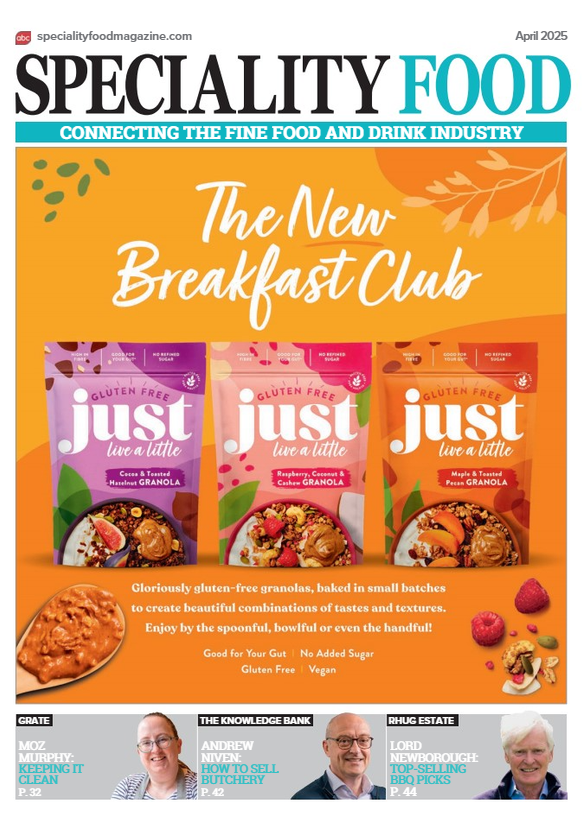“What a wonderful world”

- “Sticky fingers”
- “Everyone’s a winner”
- “Myths and legends of Turophilia”
- “When ‘cheese’ is not cheese”
- “Don’t disrespect the Cheddar”
I was one of 235 judges at mthe recent World Cheese Awards,held in Bergen, Norway
You’ll probably know by now that the winner was a Norwegian Gouda-style cheese called Fanaost. I don’t have first-hand experience of how it tastes; the cheese entered being devoured by the 16 judges in the final rounds. To give a footballing analogy, I judged in the first round of the FA Cup, but didn’t get to blow the whistle at Wembley.
But this cheese was a clear winner, scoring really well from the finals panel. Not heard of it before these awards? Me neither. The producer is tiny, only has 12 cows. Yep, TWELVE!
World Champion: what a wonderful accolade for any cheesemaker, let alone a small one. They, Ostegården, have been making Fanaost for 12 years to develop a true world-beater.
This follows on the heels of the 2016 World Cheese Awards winner, Tingvollost’s Kraftkar, a blue cheese, again from a small Norwegian producer. There’s something going on in those small farms on the edge of the fjords. While the country that gave Primula to the world has also long had a vibrant artisan cheese tradition, it seems that only now is it getting broader exposure.
Judges were treated to a presentation on the Norwegian cheese world, and it was fascinating to learn how different varieties of traditional cheese came into being (e.g. a completely unsalted cheese to accompany the North’s ubiquitous dried (and VERY salty) fish). Brown cheese is another Norwegian speciality – in fact there’s lots of them.
But what fascinates me is the experimentation being undertaken by these artisans – certainly this Norwegian Gouda-style Fanaost is no inferior knock-off of the cheese that inspired it, but earned global recognition – much like Tunworth, twice Supreme Champion at the British Cheese Awards. That Camembert-style cheese from Hampshire has received accolades from French chefs and cheese experts alike. I’d pick it over a large creamery supermarket Camembert on any day of the week.
Herein lies probably the major lesson that I received from my time in Norway: that great cheeses may be being made by small enterprises just around the corner – and that is true wherever you may be.
There’s superb Feta-style cheese being made in small units on industrial estates, Mexican style cheese coming out of railway arches as well as small-holders experimenting, refining and tweaking new cheese from flocks almost as tiny as those up in the fjords.
Yesterday I met a Dorset sheep farmer who had brought two varieties of her unpasteurised cheese to a food fair. I particularly loved her Buckshaw Blewe – look out for it, a subtle blue with spiciness and a rich ewe’s milk flavour. The variety in our own cheese world has grown massively over the last 30 years or so and there’s always more to discover, even without digging out the passport.
It’s up to all of us to encourage the as-yet unsung heroes, whether it’s by stocking their produce in our shops, asking for them from wholesalers or by getting them to fill in entry forms for awards events.
more from Town Crier
-
“Black and White thinking”
08 August 2019 Town CrierLast time around I suggested trumpeting the benefits of the produce we offer, and the importance of conveying its taste and of making each purchase viscerally appealing. -
“We’re a resourceful bunch”
17 May 2019 Town CrierIt’s almost exactly 10 years ago that I sat down to create the first business plan for my cheesemonger. -
“Waxing lyrical”
12 February 2019 Town CrierOn a family holiday to Normandy in 1965, my parents and their adult friends were hugely excited by Livarot and Camembert – seldom seen back home in Hampshire.

